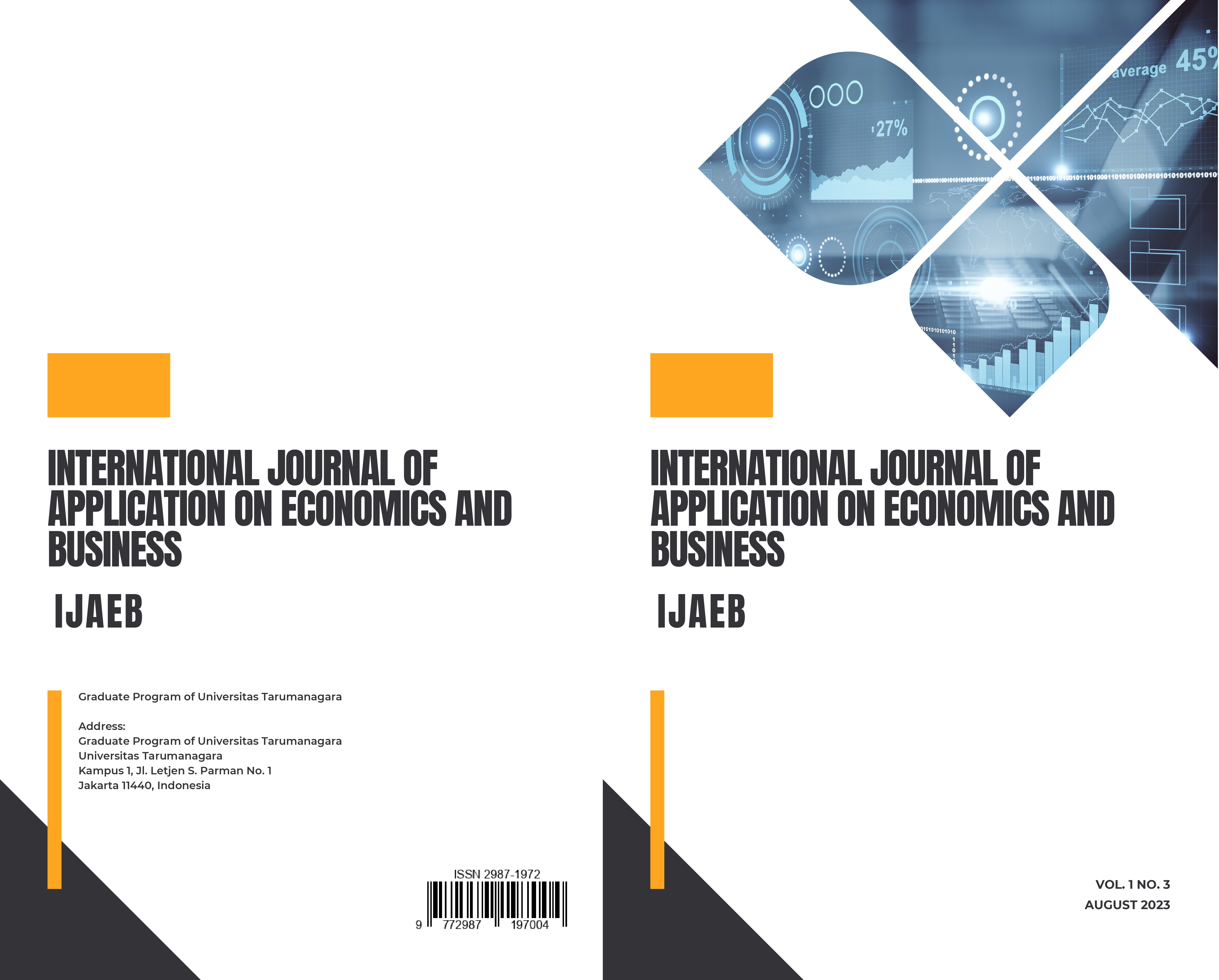CASE STUDY OF CONSTRUCTED A PROSPEROUS FOOD RESTAURANT BASE ON INNOVATIVE BUSINESS MODEL
Main Article Content
Abstract
The aim of this study is to propose a new term "prosperous food (盛食)" instead of "surplus food (剩食)", in order to change the concept of consumers. Since the term “surplus” imply a negative image while the term “prosperous” owed the positive image. This can reduce the wasting food in our society and build a new business model. The start-up plan wishes to build a prosperous food restaurant and at this space can sale prosperous food directly and also the food of re-produce prosperous food. This restaurant plays the role to distribute the prosperous of farm products to consumers. Then we also to hold the prosperous food holiday market and recruit consumers to harvest farm product in farm periodically. We hope we can promote this model over Taiwan after we stabilize this model in Tainan first.
Article Details

This work is licensed under a Creative Commons Attribution-NonCommercial-ShareAlike 4.0 International License.
This journal provides immediate open access to its content on the principle that making research freely available to the public supports a greater global exchange of knowledge.
IJAEB by Graduate Program of Universitas Tarumanagara is licensed under a Creative Commons Attribution-NonCommercial-ShareAlike 4.0 International License.. Permissions beyond the scope of this license may be available at https://journal.untar.ac.id/index.php/ijaeb
References
Lyons, K. (2015). Cutting food waste by a quarter would mean enough for everyone. UN: https://www.theguardian.com/environment/2015/aug/12/cutting-food-waste-enough-for-everyone-says-un.
UN Food and Agriculture Organization (FAO) & World Health Organization (WHO) (2019). The State of Food Security and Nutrition in the World.
Wu, Z.-Y. (2018). Dealing with surplus food problems in the retail industry. The National Kaohsiung University of Science and Technology, unpublished master's thesis (in Chinese).
Stuart, T. (2009). Waste: Uncovering the global food scandal. WW Norton & Company.
Xu, J., Xie, J., Huang, C., Zheng, Y. (2017). Food wasted- How much do you know about "surplus food", a special research report on the graduation of the Department of Business Management, Mingxin University of Science and Technology.
Smith, A. (1776). The Wealth of Nations.
Schneider, F. (2013). The evolution of food donation with respect to waste prevention. Waste Management, 33(3), 755-763.
Hartmann, M. (2011). Corporate social responsibility in the food sector. European Review of Agricultural Economics, 38(3), 297-324.
Garrone, P., Melacini, M. & Perego, A. (2013). Feed the hungry: the potential of surplus food recovery. Milan, Italy: Edizioni Angelo Guerini e Associati Spa.
Garrone, P., Melacini, M. & Perego, A. (2014). Opening the black box of food waste reduction. Food Policy, 46, 129-139.
Hawkes, C. & Webster. J. (2000). Too much and too little? Debates on surplus food redistribution. London, UK: Sustain.
Council of Agriculture. (2006). Feasibility analysis of planned production of agricultural products. Global information from the Executive Yuan. website https://www.coa.gov.tw/ ws.php?id=12217&print=Y.
Zott, C., Amit, R. & Massa, L. (2011). The business model: Recent developments and future research, Journal of Management, 37(4), 1019-1042.
Osterwalder, A. & Pigneur, Y. (2010). Business model generation: A handbook for visionaries, game changers, and challengers. Hoboken, New Jersey, John Wiley & Sons.



